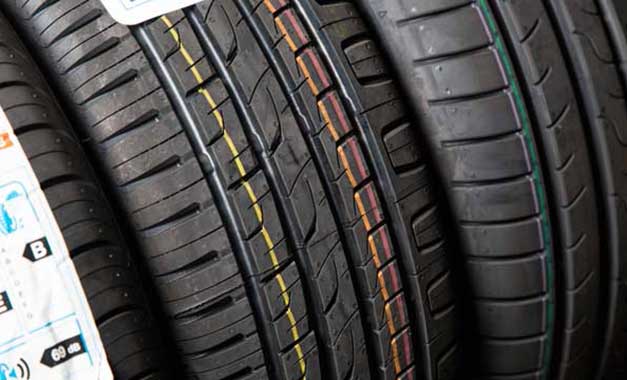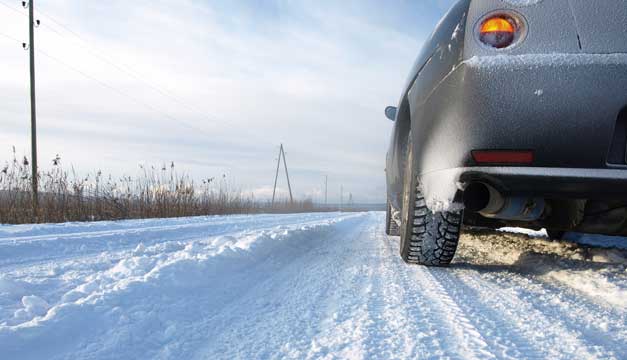Tyres are often neglected by drivers, who simply take them for granted. However, the truth is that an ill-kept tyre can turn your car into a bigger problem and may lead to road incidents. In essence, tyres are what connect the car with the road; they support the weight of the vehicle and are vital in providing a safe and comfortable journey. In addition if you are caught driving with damaged or worn tyres you could also risk being fined. This guide will help you remain within UK Tyre safety standards.
Inspecting tyres for damage
Logically the more you drive your car the more you use your tyres. Tyres deteriorate over time, which can lead to cracking and distortion of the tyre. Damage can also be accumulated from general daily driving and from obstructions such as stones, nails and potholes. You should regularly check your tyres for any visual defects such as lumps or bulges. According to legislation, tyres cannot have a cut or tear in excess of 25mm or 10% of the sectional width of the tyre.
Fitting tyres
All road users must ensure that any tyres fitted to their motor vehicle are done so in the correct fashion. Please note that a professional mechanic or technician should carry out this procedure. Fitting a tyre may seem like an easy job to an ambitious or knowledgeable driver but the law is clear – only professional mechanics are allowed to fit tyres.
Vehicles must be fitted with tyres of the same construction; radial tyres and cross ply tyres cannot be mixed.
Tyre pressure
The law states that tyres must be inflated as close as possible to the vehicle manufacturer’s and the tyre manufacturer’s recommended pressures. If you are unsure what the exact pressure is, recommended tyre pressures can be found in your car’s manual or inside the fuel cap. This information is also available online. Tyre pressure checks should be performed at least once per month. Ensuring correct tyre pressure is not only done for safety but it will help prolong the life span of your tyres and save you fuel in the long run.
Tyre tread
Correct tyre tread depth is essential in providing maximum grip when driving. For this reason you should regularly check your tyres’ depth. By law your tread should be at least 1.6mm across the central ¾ of the tyre. A gauge is recommended for checking tread depth, however, a quick and easy alternative is to use a 20p coin. When the coin is inserted into the central groves of the tyre the outer band of the coin should be obscured. Once tyres reach the minimum legal limit they must be immediately replaced. It is advisable to replace tyres before the limit is reached.
Regrooved tyres
Re-grooving or re-treading tyres involves cutting tread patterns into used tyres to save costs. Re-grooved tyres must be made from tyres with a sound internal structure. Any attempt to build re-grooved tyres from old unsound tyres is extremely dangerous. It is illegal to use re-grooved tyres on any passenger car or utility vehicle below 3,500 kilograms gross vehicle weight.
Penalties
A police officer may give you a Conditional Offer Notice if you are caught driving a vehicle with illegal or defective tyres. Extreme cases will result in a court summons with a maximum fine of £2,500 and three penalty points. Drivers can be summoned for each illegal tyre. Other offences include driving with mixed tyres (for instance, radial tyres on front and cross ply tyres on rear), driving with unsuitable tyres (lacking service description for example) or having a tyre with exposed cords.



